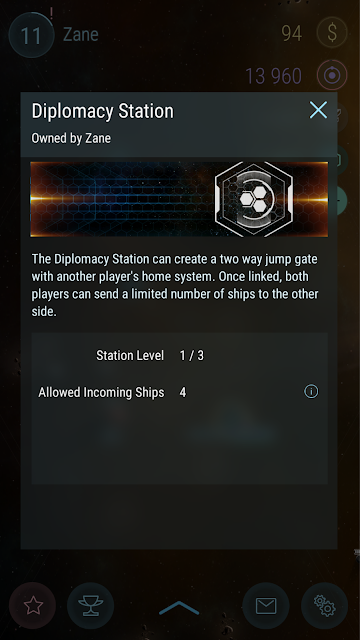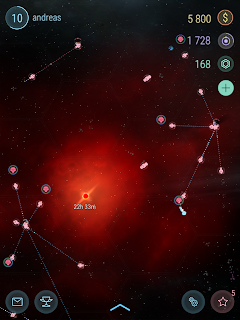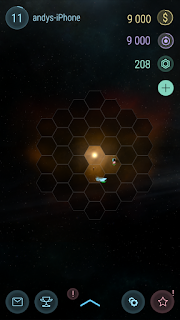If you've been participating in our open alpha test , thank you! It's been a very exciting start, with amazing feedback, great discussions, and lots of bugs. We are happy quite a few players have seen promise in this very early version of the game, and we'll do what we can to deliver on that promise. We see Hades' Star not as a monolithic game that we develop, "finish" and launch, but as a living game that will evolve and (hopefully) improve significantly over the years. We will be delivering constant updates based on feedback we get from the community and our own plans to evolve the game. We want to be transparent with these updates, by explaining why we did the changes we did, and perhaps in some cases why we didn't implement popular requests. Today we are delivering our first update to the live alpha test. Here's the list of things that are changing in the update, and the motivation for the changes: Yellow Stars Significantly reduced pric...


